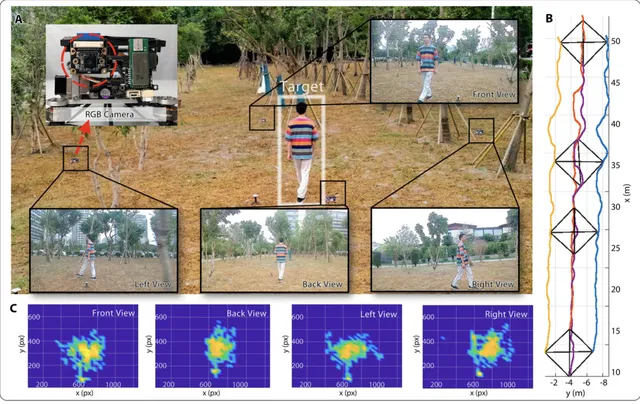Summary
Scientists from China’s Zhejiang University have unveiled a drone swarm capable of navigating through a dense bamboo forest without human guidance.
The group of 10 palm-sized drones communicate with one another to stay in formation, sharing data collected by on-board depth-sensing cameras to map their surroundings. This method means that if the path in front of one drone is blocked, it can use information collected by its neighbors to plot a new route. The researchers note that this technique can also be used by the swarm to track a human walking through the same environment. If one drone loses sight of the target, others are able to pick up the trail.
In the future, write the scientists in a paper published in the journal Science Robotics, drone swarms like this could be used for disaster relief and ecological surveys.
Analysis
The thought of drones having military or transport applications has always been around since we first started crafting drones. The functionality that they have reached these days finally seems like it could make some of these thoughts a reality. A university in China has developed a swarm of 10 hand-sized drones that have the ability to track humans and objects or navigate through obstacle-like regions. In addition, they are able to give the swarm two different styles of flight making it an even more dynamic concept that could be converted to transport. Having a set of drones be able to track soldiers where some analyze injuries and others carry supplies seems like it would be extremely beneficial to the military in a non-combatant application. Taking these functions and using them to more rapidly diagnose and treat those who are injured would most definitely expedite the action of transporting the injured and even relieve soldiers that may be needed elsewhere rather than checking for injuries and delivering supplies.




